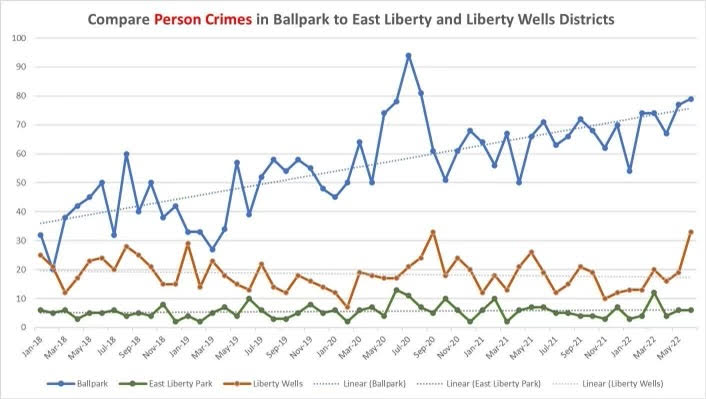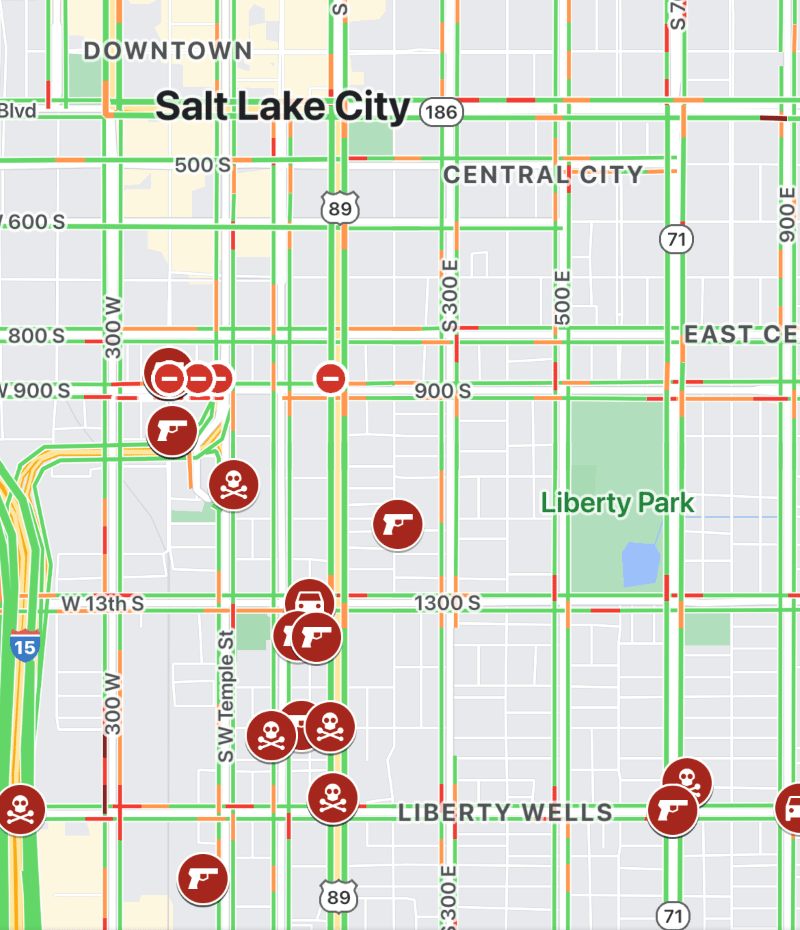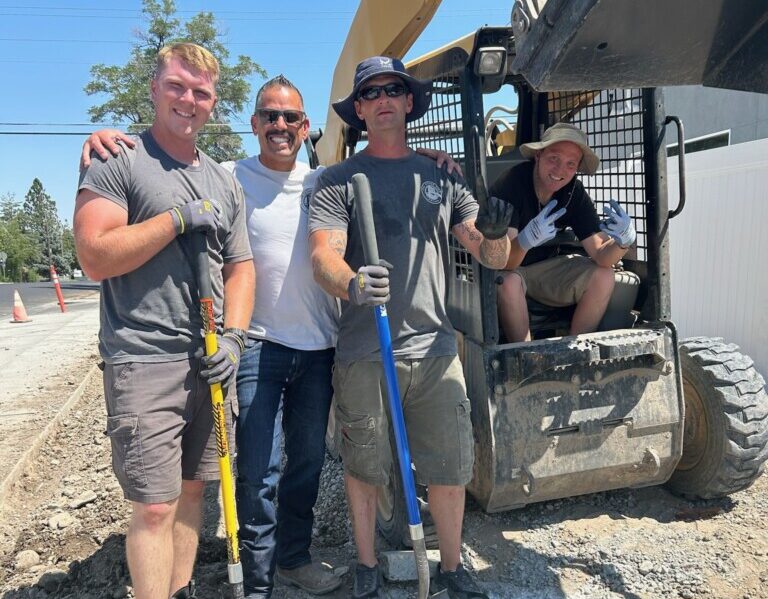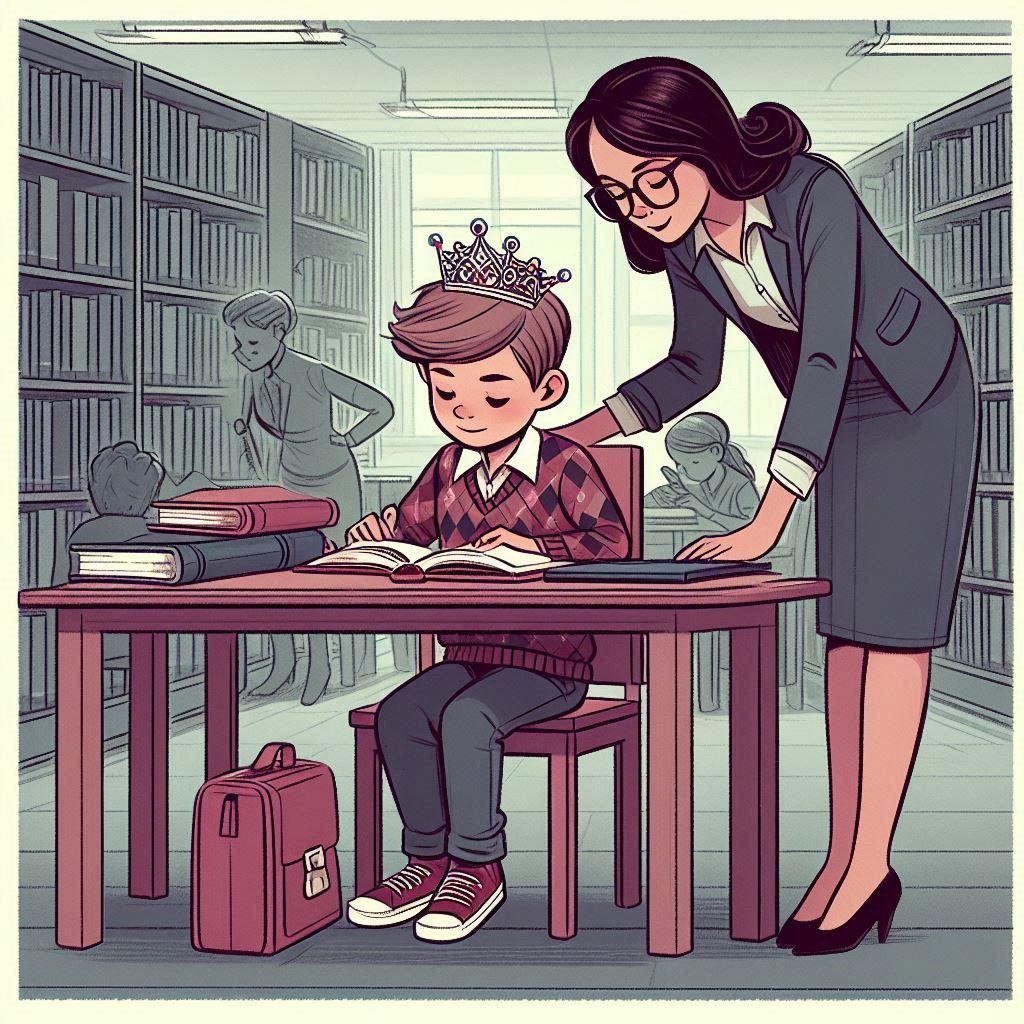Amy J. Hawkins moved to the Ballpark Neighborhood in Salt Lake City back in 2013, when she relocated from Washington D.C. to Salt Lake City to teach medical school students at the University of Utah.
Like many transplants, the urban lifestyle of living near a ballpark and near a Trax station appealed to Hawkins. “I was afraid of the snow, so the idea of riding a train to work on snowy days was appealing to me.” She also believed that she found, “a great buy in an up-and-coming neighborhood.”
In 2016, the proposal for a new Homeless Resource Center in the neighborhood was brought before the Ballpark Neighborhood City Council, for which she was Chairperson. “We had many meetings about it, and we decided to embrace it with all of the promises they were offering.”
The promises included maintaining a frontage, and ensuring security around the perimeter of the facility. The operators of the Gail Miller Resource Centers were The Road Home. Under their conditional-use permit granted by Salt Lake City, they had to be responsible for safety and security as well as proper upkeep around the facility.

Hawkins said that all of their promises have been broken. She says now the Ballpark Neighborhood has 9 times the rate of murders than the rest of Salt Lake City; prostitution in the area runs rampant; sex trafficking also goes unpunished, and there is a seedy element that is accosting residents, which is forcing families out. Recently, she said an 11-year-old girl was solicited for sex by an area homeless man.

Hawkins says that many of her former neighbors, with whom she grew tight connections with during COVID, have moved away to the suburbs for safety. She understands their reasoning, and if things continue to deteriorate, Hawkins says she will also move away.
Hawkins also serves on Executive Board for the Pioneer Park Colation. Recently the Salt Lake Bees have threatened to move from Smiths Ballpark. Hawkins says that the Road Home and the operators of the Gail Miller Homeless Resource Center, need to be held accountable for the failure of the Resouce Center, and the huge decline of law, order, and safety in the area.
The Pioneer Park Colation’s new “Grand Plan”, released October 6th in a press conference is to create a sanctioned campsite for all current unsheltered-homeless while offering complete “wrap-around services” to get more homeless individuals into treatment programs for addiction and psychological disorders. Once the sanctioned camps are in place they insist SLCPD enforce the no-camping ordinance laws in Salt Lake City and begin using the currently empty Oxbow Jail as a “receiving center” — where all unsheltered are given the option to receive services or go to jail.
RELATED CONTENT
Crime Rate Soaring in Salt Lake Neighborhoods with Homeless Resource Centers
Utah Homelessness Getting Out of Control: What are the solutions?
Homeless Policies in Salt Lake City: Paying off? Or an Endless Money Pit?
Salt Lake City Prostitution, Drugs & Theft
SUPPORT LOCAL JOURNALISM AND SUBSCRIBE TO PRINT MAGAZINE
Subscribe to Utah Stories weekly newsletter and get our stories directly to your inbox







